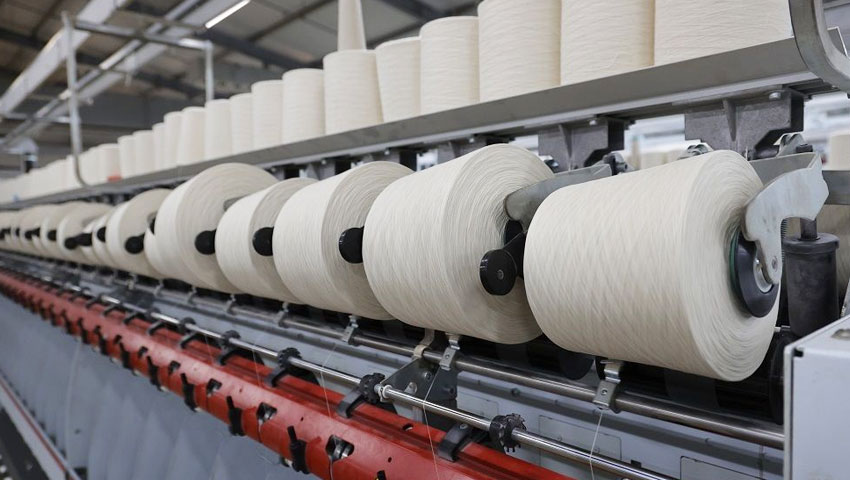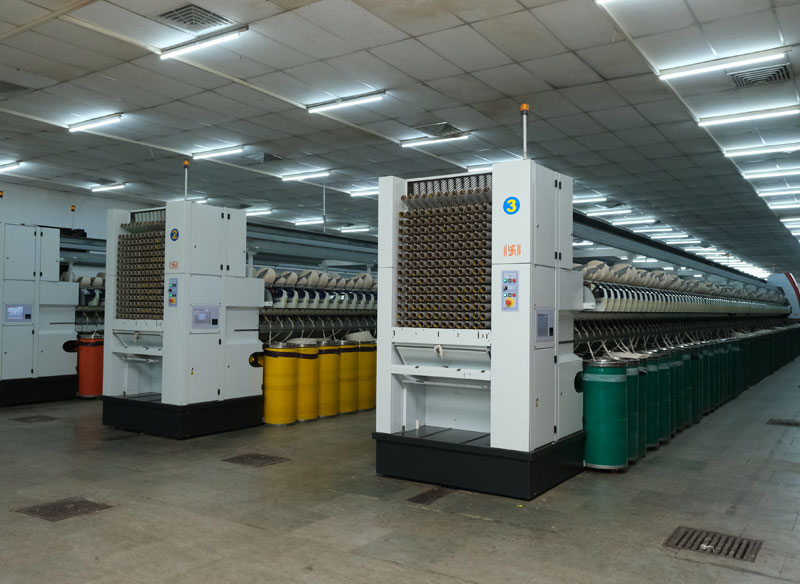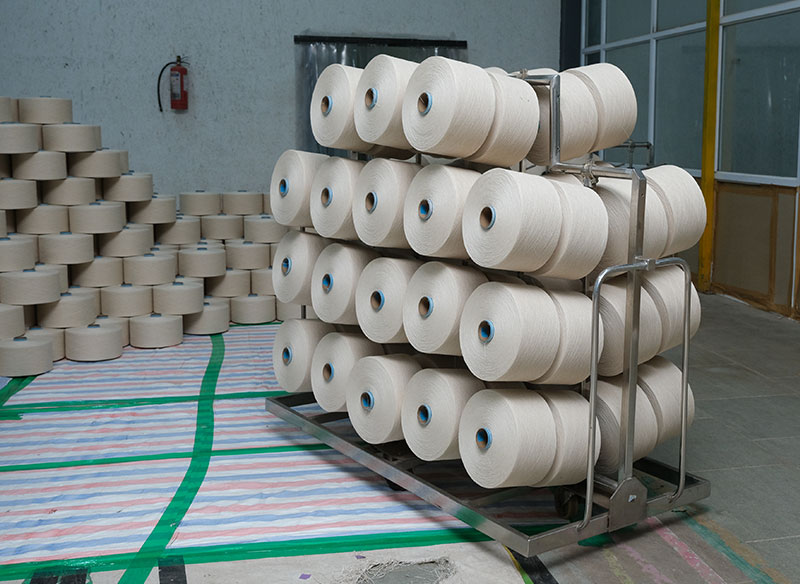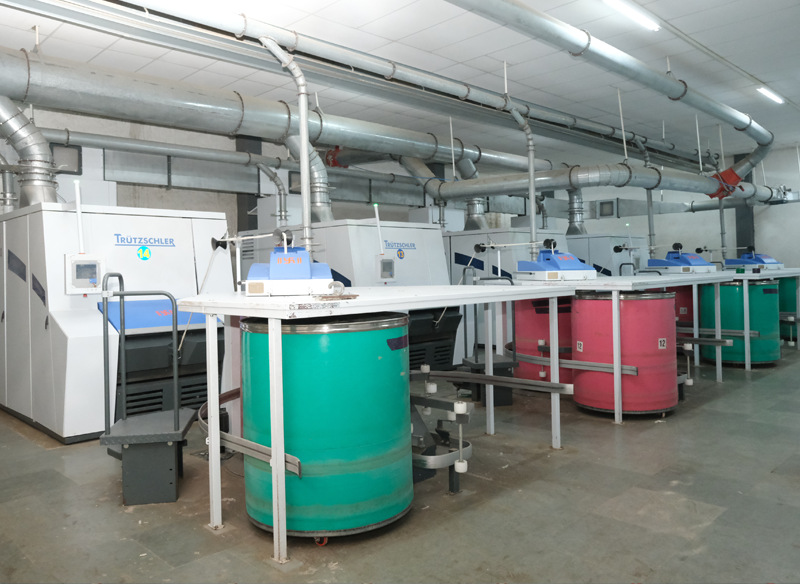29 May, 2025
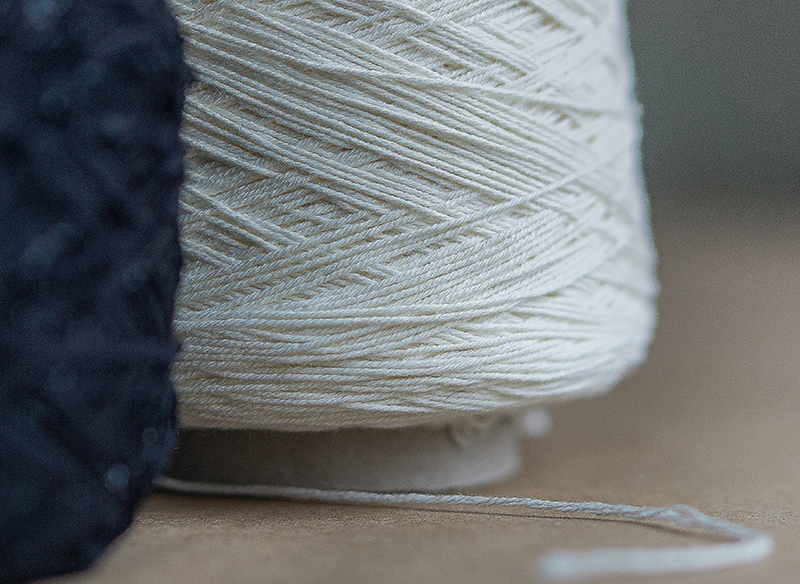
What is hosiery yarn used for?
The primary application for hosiery yarns is in the production of hosiery items. This hosiery yarn is made using a procedure known as spinning, and to create fabric, it is processed through a circular knitting machine. The choice of hosiery yarn is contingent upon the intended application. The market offers a variety of hosiery options for kids’ apparel as well as adult dress and athletics.
The yarn may consist of many materials, such as filament or spun staple, and it may also be stretched and given texture. Even so, a variety of yarns, such as wool, cotton, rayon, nylon, acrylic, and spandex, are used to make hosiery. When it comes to hosiery, cotton is thought to be the best choice. This is mostly because to its extreme softness, absorbency, and short drying time. When composed of mercerized and lisle yarns, cotton hosiery gains strength and durability.
Production and Creation of Hosiery Yarn
The method used to create hosiery yarn is called melt spinning. Adipic acid and hexa methyl enediamine need to polymerize first in order to create thick resin, which is subsequently chopped into chips or pellets. These pellets are heated over time and then pressurized into a syrup solution in an autoclave. Subsequently, the solution is pushed through a spinneret, a device resembling a showerhead. Long threads of nylon solution protrude from the device’s openings.
Depending on the type of yarn you choose, there are different numbers of holes. This indicates that a single hole will yield extremely thin-textured microfilament yarn. However, the creation of several holes will result in a multifilament yarn that is less sheer and denser. After emerging from the apparatus, the fibres are stretched over rollers to strengthen and stabilize the molecular chains. They are subsequently chilled by air. Following all of this, spools of yarn are wound.
Hosiery yarn is a strong, durable, and adaptable textile fiber utilized in many sectors. Stylish clothes, sturdy materials, and innovative patterns demand hosiery yarn. Hosiery yarn is versatile. Wool, or knitting yarn, is for knitting and crocheting. Cotton, wool, silk, nylon, polyester, or a mix are typical. Final softness, comfort, strength, and elasticity depend on material.
Fashion and clothes employ hosiery yarn. From cashmere sweaters to socks and tights, hosiery yarns offer unmatched comfort, breathability, and style. Nylon and polyester blends are strong and flexible for sportswear, while cotton and wool blends are warm for winter.
Hosiery yarn lets designers explore with textures, colours, and patterns to create unique, attractive ensembles. Hosiery yarns offer new runway and off-runway concepts, from thick knit sweaters to delicate lace shawls and form-fitting gowns.
Functional textiles and industrial uses demand hosiery yarns besides fashion. They adapt due to their strength, flexibility, and moisture-wicking. Medical compression garments improve blood circulation and reduce Edema. These garments are advised for venous problems, diabetes, and prolonged sitting or standing. Hosiery yarns are used in car upholstery, seat covers, and trimmings. They can withstand standard vehicle use due to their wear resistance.
Eco-friendly hosiery yarns satisfy sustainable production demands. Manufacturers test post-consumer rubbish, bamboo, and hemp yarns. Smart fabrics with conductive yarns for wearable gadgets, healthcare monitoring, and sports performance tracking are also made. Electronically connected textiles increase user experience with real-time data. Wool, or hosiery yarn, is used for knitting and crocheting. Use cotton, wool, silk, nylon, polyester, or mixes. Material choice depends on product specs.
Uses of hosiery yarn
1. Hosiery yarn can be used to make sweaters, stockings, scarves, blankets, and pillows. Craftspeople and designers like its versatility.
2. Ease of Use: Different weights and thicknesses make hosiery yarn appropriate for beginners and experts. Hosiery yarn is perfect for lace shawls and huge knit comforters.
3. Hosiery yarn durability depends on materials. Wool-nylon combinations provide durable socks and mittens.
4. Comfort: Cotton, wool, and silk hosiery yarns are soft and perfect for close-to-the-body garments. Wearers stay cool with breathable textiles.
5. Customization: Hosiery yarn comes in many colours, textures, and patterns, allowing designers to create. Hosiery yarns are bright solids, subtle heathers, and variegated with fascinating colour transitions.
6. Worldwide availability: Craft stores, online vendors, and yarn shops sell hosiery yarn. Professional and amateur designers value its price and availability.
Conclusion:
A versatile and creative hosiery yarn. Hosiery yarn can aid knitters of all levels. Hosiery yarns combine tradition, innovation, and versatility. Their adaptability makes them essential in industries and the runways. Hosiery yarns will alter our clothing, lifestyles, and interactions as designers and producers innovate and sustain.
